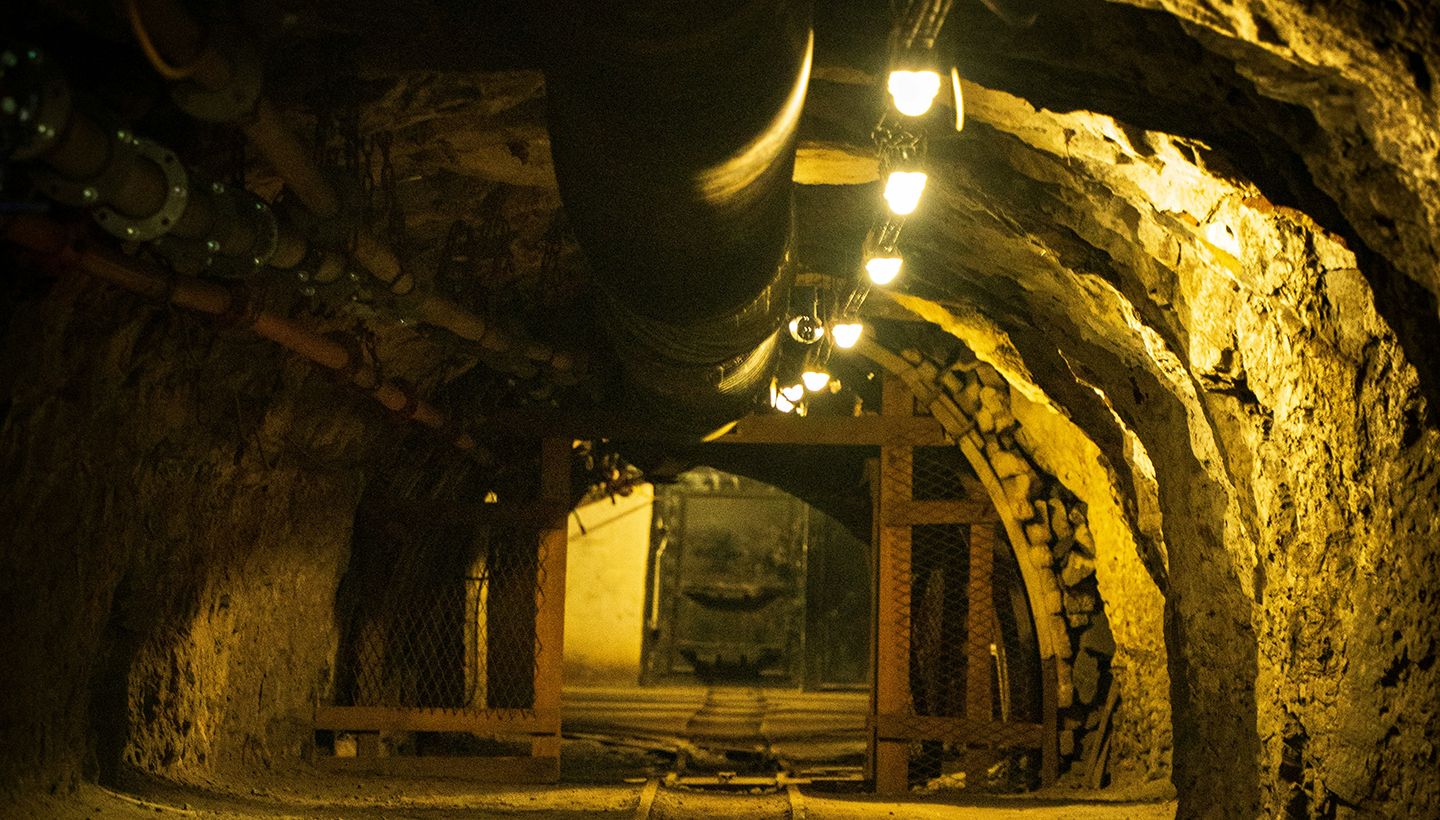News & Events
Unisa graduates forge new frontiers in safer and smarter blasting in mines

Sometimes, the most powerful changes in mining begin not underground, but in the minds of those determined to make a difference
The mining industry is constantly seeking cost-effective and safer ways to extract mineral resources from the ground, supporting modern life. Under the supervision of Professor Francois Mulenga, three Master of Engineering graduates from Unisa’s College of Science, Engineering and Technology (CSET), Nkosinathi Mndawe, Talent Mushwana and Samuel Madanda, are advancing mining engineering research with projects that tackle real-world challenges in blasting safety, efficiency and environmental control. All three graduates are currently serving as junior lecturers in the Department of Mining, Minerals and Geomatics Engineering at Unisa.

From left: Nkosinathi Mndawe, Talent Mushwana and Samuel Madanda
Taking cognisance of the value of research and human capacity development in the South African mining industry, the Mining Qualifications Authority (MQA) has been funding the appointment of Mndawe and Mushwana at Unisa. The funding programme falls under MQA’s Higher Education and Training Lecturer Support Funding, which aims to develop and capacitate the South African tertiary education landscape with well-rounded academics.
Similarly, Madanda has been supported by the Minerals Education Trust Fund (METF), a unique collaboration between the South African mining industry and academia committed to contributing not only to the retention of academic lecturers in universities but also to sustainable tertiary education in mining engineering, amongst others.
Pioneering research at the interface of theory and practice
Under the guidance of Mulenga, a leading researcher in mining and minerals engineering, the three graduates have each completed postgraduate research projects that combine scientific rigour with practical application.
Their work focused on scientifically testing for the first time in South Africa the efficacy of a blasting accessory known as Varistem® stemming plug. This blasting accessory, supplied by ERG Industry (Pty) Ltd, has been empirically purported to reduce ground vibrations, minimise air blasts and increase rock fragmentation by containing the explosive energy resulting from a blast within the rock mass.
The scientific enquiry pursued by Mndawe, Mushwana, and Madanda reflects Unisa’s commitment to research that supports safer and more sustainable mining practices. “Postgraduate research allows you to take the theory and prove it in the field,” says Mndawe. “It’s about improving safety and efficiency at the same time.”
Support structures for academic success
All three graduates attribute their success to the supportive academic environment provided by CSET. The university’s flexible distance-learning model enabled them to balance professional responsibilities in the Department of Mining, Minerals and Geomatics Engineering with intensive research demands. The MQA and the METF also provided vital financial support covering tuition, stipends and essential research tools.
Crucially, each graduate highlighted the mentorship of Mulenga as instrumental in turning their research concepts into valuable, practical and field-validated contributions to the mining sector.
Under the continued mentorship of Mulenga and with the support of CSET, future cohorts of postgraduate students will continue to forge new pathways in mining innovation, proving that sometimes, the most powerful changes in mining begin not underground, but in the minds of those determined to make a difference.
* By Lindelwa Makhanya, Unisa Public Relations Student
Publish date: 2025-11-21 00:00:00.0

